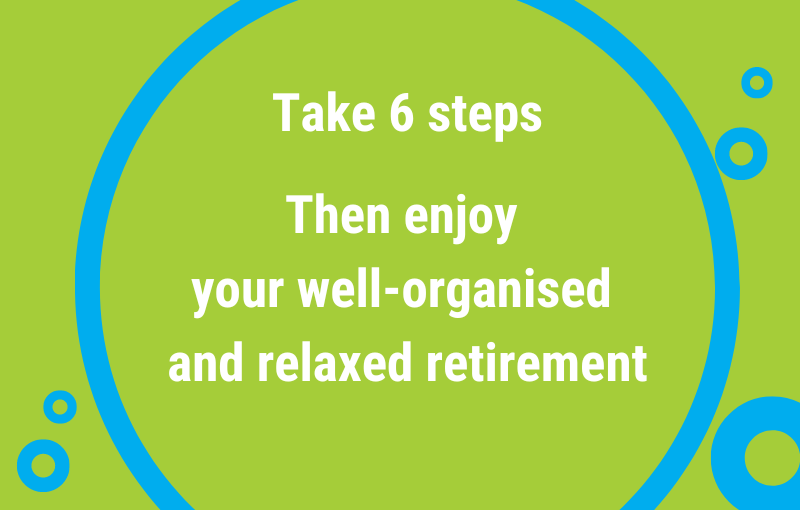The purpose of this article is to briefly introduce the remaining three steps of the Radical Paperwork Optimisation approach.
So far, we have discussed the first three steps:
Step 1: Assess Your Current Relationship with Paperwork
Action: Begin by honestly evaluating your current paperwork situation. The free guide, “7 Questions to Clarify Your Relationship with Personal Paperwork“, provides a practical starting point. Reflecting on these questions helps you understand your current comfort level, identify areas for improvement, and acknowledge any negative emotions associated with paperwork management.
Step 2: Embrace the Commitment to Radical Change
Action: Acknowledge the need for a significant shift in how you manage paperwork and commit to investing the necessary time and effort. Identifying the benefits of an organised system – such as reduced stress, increased efficiency, and peace of mind – will fuel your motivation. This article contains a list of benefits/outcomes to help you define what you want to achieve.
Step 3: Create a Comprehensive Paperwork Inventory
Action: Develop a clear picture of your existing paperwork by creating a detailed inventory. This involves:
-
- Physical Inventory: Documenting all physical storage locations and the types of documents they contain.
- Digital Inventory: Listing digital storage locations (computer, cloud, external drives) and the types of files stored in each.
This step provides valuable awareness of the volume and types of paperwork you possess, setting the stage for effective organisation and decluttering. This article and this one explain Step 3 and offer some examples.
Very soon, we will explore the remaining three steps:
Step 4: Define Your Criteria for “Very Important” Information
Action: Establish clear criteria to differentiate between essential and non-essential information.
Consider your values, future goals, and the insights gained from the inventory. This step lays the groundwork for confident decision-making, first during the organising and then during the decluttering process.
Step 5: Create Your VIP Directory – The Heart of the Optimised Paperwork System
Action: Develop a centralised ‘information collection point’ called the “Very Important Paperwork Directory” (VIP Directory). This will serve as the primary repository for all crucial documents and information.
-
- Organise by Life Areas: Structure the directory based on relevant life areas, such as personal identification, financial information, healthcare, and legacy planning.
- Physical or Digital: Opt for a physical binder or a digital folder structure based on your preference.
The VIP Directory becomes your go-to resource for essential information, ensuring easy access – and peace of mind.
Step 6: Radically Declutter What’s No Longer Relevant
Action: With your VIP Directory established, systematically discard any remaining paperwork or digital information that does not align with your defined criteria.
The goal is to reduce your total paperwork by at least 50%, freeing up physical, digital, and mental space.
The good thing about Steps 4, 5, and 6 is that they ‘work hand in hand’:
For each area of your life,
-
- you first define the criteria for the very important information in that area (Step 4).
- Then you gather that information and add it to your VIP Directory (Step 5).
- After that, you are ready to discard the remaining paperwork that you accumulated in that life area (Step 6).
This means that a probably huge project – organising and decluttering all your physical and digital paperwork – gets naturally divided into a series of smaller and more manageable sub-projects.
The Radical Paperwork Optimisation Process can help you create and enjoy a better-organised and more relaxed daily life.
My article series, ‘Radical Paperwork Optimisation and the VIP Directory’, provides you with all the information and tools you need to start and complete the process successfully.

